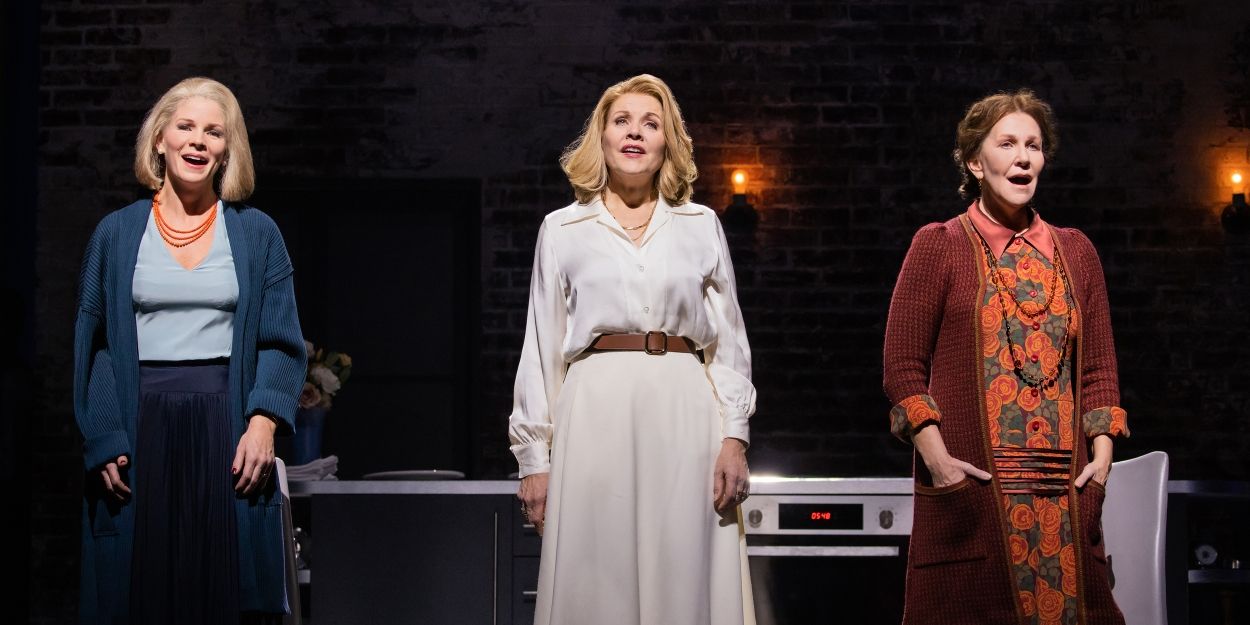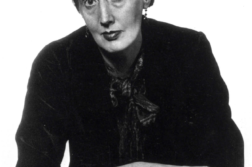Cunningham’s The Hours is an unusual novel in that it’s about the reception of an earlier novel: the way in which Virginia Woolf’s Mrs Dalloway and its themes echo through the lives of 20th-century people. It interweaves three stories: that of Virginia Woolf herself fighting off madness and suicide as she starts to write Mrs Dalloway; that of a housewife named Laura Brown in Los Angeles in 1949, who fights off madness and suicide in part by reading Mrs Dalloway; and that of a woman called, like Mrs Dalloway, Clarissa, who, like Mrs Dalloway, is struggling to give a party despite the difficulties of life (only now it’s New York City in the late 1990s). The second main character of Mrs Dalloway, a shell-shocked World War I veteran called Septimus Warren Smith, reappears in the 1990s story as the poet Richard, Clarissa’s long-ago lover who’s now suffering from AIDS and who, like Septimus, is going mad and commits suicide.
Themes from Mrs Dalloway and Virginia Woolf’s life echo through the later stories: creativity, madness, suicide, parties—and also same-sex love, in particular lesbianism. Virginia Woolf was at least bisexual; perhaps she is one of those historical people who we think “would have been” more openly LGBT if they were alive today. Mrs Dalloway also had an important lesbian love; it is possibly implied that Septimus Warren Smith had an earlier, happier gay relationship as well. Laura Brown, though married with one child and another on the way, also shares a dramatic kiss with her neighbor Kitty, whose dire health situation will set her on a path to (aborted) suicide. Indeed, it may be that all of Laura’s problems stem from her repressed sexuality. Clarissa of the 1990s, in her more modern, freer world, has a lesbian relationship, and Richard too, despite his and Clarissa’s intense feelings for each other, has lived mainly as a gay man. While in Mrs Dalloway the characters’ same-sex love-interests appear only as memories, in The Hours Clarissa’s partner Sally (who shares her name with Mrs Dalloway’s love-interest) and Richard’s ex-lover Louis are important characters.

Publicity photo courtesy Metropolitan Opera. The opera The Hours brings to the stage the LGBT love lives (including their failures) of Laura Brown, Kitty, Clarissa and Sally, and Richard and Louis. Indeed it adds one same-sex relationship to the mix. A key incident in both Mrs Dalloway and in the 1990s Clarissa story involves Clarissa buying flowers for the party. In the opera, the florist, Barbara (sung beautifully by Kathleen Kim), has an extended coloratura flirtation with Clarissa as well.
The lyrical beauty of the score and the superb playing of the Met’s orchestra under music director Yannick Nézet-Séguin were also remarkable. But most outstanding were the singing and acting of the stellar cast: Renée Fleming, who returned to the Met for the first time in five years and sang in top form (especially at the lustrous top of her voice) as Clarissa; the distinguished Broadway performer Kelli O’Hara, who made such a convincing Laura; and bass-baritone Kyle Ketelson as Richard. Above all, Joyce DiDonato as Virginia Woolf sang (as she generally does) with astonishing groundedness and loftiness. If you missed the performances at the Met and the HD projection, it will no doubt appear in cinemas or streaming outlets.
Andrew Lear, a scholar on ancient Greek sexuality, is the founder of Oscar Wilde Tours, an LGBT art and history tour company.




